Garlicky Thai Pepper Jack
This is a wonderful cheese that can be as spicy as you want. You can also use this recipe to make just about any type of Monterey Jack that you want. Maybe even Durian Jack?
Garlicky Thai Pepper Jack
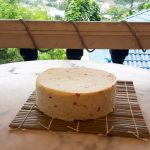
- 8 Liters Whole Milk (do not use UHT/UP milk)
- 1 Packet Mesophilic Culture
- 4-10 Thai Chili Peppers-Finely Chopped (Depending on how hot you want it.)
- 3-4 cloves Garlic-Finely Chopped
- 1/2 Tab Rennet (Diluted in 1/2 Cup Water)
- 1 Teaspoon Cheese Salt
Instructions
- In a water-bath setup or a double boiler, gently and slowly heat milk to 31°C.
- Add starter by sprinkling it over the milk and allowing it to rehydrate for 1 full minute. After 1 minute, stir in starter using your cheese spoon in slow, steady up-and-down motions.
- Cover milk and allow to ripen at 90°F for 30 minutes, undisturbed.
- Add garlic and peppers, stir well.
- Immediately add diluted rennet to the milk by pouring it through the cheese spoon and into the milk. Stir the milk in steady up-and-down motions for 1 full minute.
- Cover milk and maintain at 32C for 30 minutes or until the curds give a clean break.
- Use a curd knife to cut the curd into 1/4-inch cubes; let them rest, undisturbed, for approximately 40 minutes.
- Gradually heat the curds to 38°F, only increasing the temperature by 1 degrees every 5 minutes. Stir lightly but consistently during this time to keep the curds from matting. Maintain the curd temperature at 38°F for 30 minutes, continuing to stir gently.
- Let the curds set for 5 minutes out of the heat, covered and undisturbed.
- Carefully begin to pour off the whey to the level of the curds. Let the curds sit in just enough whey to cover for another 30 minutes, stirring ever 5 minutes during this time, maintaining the temperature at 38°F throughout.
- Line a clean colander with damp cheesecloth and suspend it over a sink or large bowl. Ladle warm curds into the colander. Add salt and mix in lightly by hand.
Pressing
- Line a 1 kg cheese press with clean, damp butter muslin and gently fill it with the curds. Fold over the butter muslin and place follower into the press. Press 1.5 kg of pressure for 15 minutes.
- Take the cheese out of the press, unwrap and flip it, rewrap it and place it back into the press 4 kg of pressure for 12 hours.
- Take the cheese out of the press and place it on a clean cheese mat on a clean counter at room temperature to air-dry for a few days, turning it over periodically until it is dry to the touch.
Waxing and Aging
- Wax the cheese, or rub it in butter and wrap it in butter muslin.
- Age the cheese at 55ºF for approximately 1-4 months, depending upon how sharp you like your cheese. Turn the cheese about once a week. It is ready to eat at 4 months, but will only get sharper as it ages.

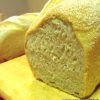
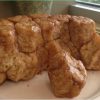
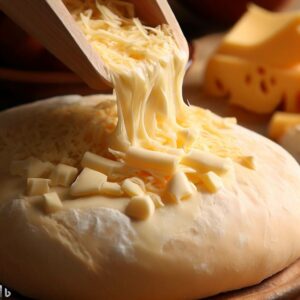
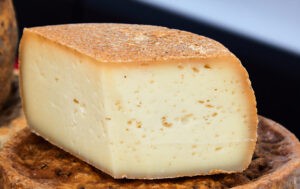
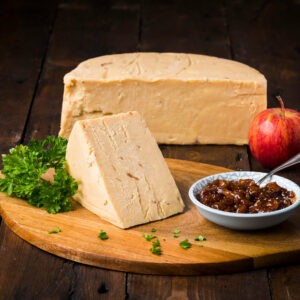
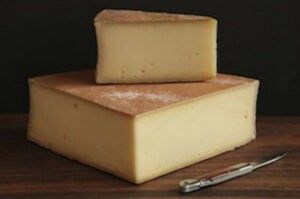
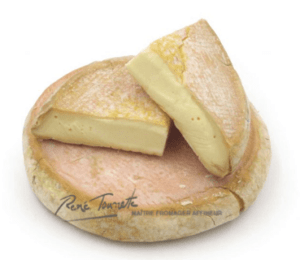
Add comment
You must be logged in to post a comment.